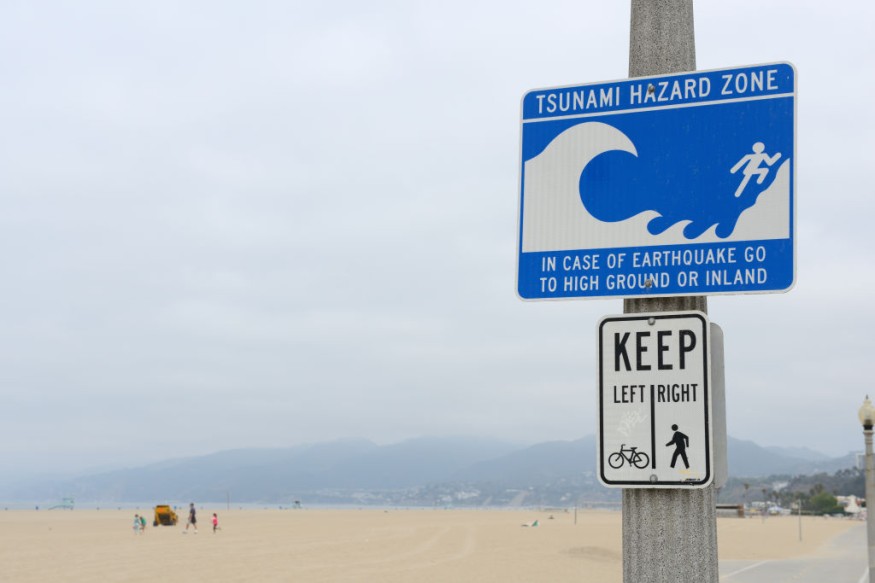
Despite mitigation plans and risk analysis methods developed over the years to prepare and prevent losses from tsunamis, international team of scientists identified large gaps and uncertainties that still exist, hindering success of eliminating consequences that coastal cities and communities suffer from in an event of a tsunami.
While tsunamis can be rare, they certainly impose potentially devastating natural hazards in affected areas, especially in coastal cities with hundreds of residents and infrastructures. The research group identified 47 problems from 20 different countries, one of them being the lack of coordination among said countries in predicting, forecasting, and corresponding to tsunami and its risks.
"Generally accepted approaches have not yet been determined, potentially incompatible probabilistic methods are used in different regions of the world, and different sources of tsunamis are often considered independently of each other," the authors wrote.
Celestial and Terrestrial Source of Tsunami
Senior researcher Maria Gritsevich from the Extra Terra Consortium laboratory at the Ural Federal University and at the Finnish Geospatial Research Institute, also an adjunct professor in planetary sciences at the University of Helsinki said that asteroid-comet hazard had something to do with tsunami's origin, just like how it led the extinction of large number of animal species, including dinosaurs 65 million years ago.
With an estimate of more than 150 million asteroids reaching 100 meters in size revolving around the Sun and oceans occupying more than 70% of the Earth's surface, collision of these celestial bodies may cause a strong tsunami, according to Gritsevich.
Gritsevich explained that the lack of reliable historical and detailed modern data in interconnecting the earthly origin of tsunamis such as atmospheric pressure, volcanic eruptions and seismic activities led to difficulty or even failure in predicting the time and place of incoming tsunamis. Even worse, these connections are often ignored by scientists due to the uncertainties, although tsunamis can be even more destructive and deadly than thought.
Moreover, computer technologies and numerical models were unable to 'meet the challenges', too complex, and costly.
Unpreparedness of Developing Countries to 'Receive' Tsunami
Insufficient readiness in coping with possible damage and loss from a tsunami can be reflected in construction of buildings and structures in coastal cities including roads and bridges, power plants, and gas and oil storage facilities. Various communications are under the threat of destruction as well, more importantly the lives of many people.
The potential effects, economic damage and costs of tsunami remain yet to be investigated up to this day, thus losing quality of disaster risk management and delayed assistance, leaving affected areas vulnerable.
"We call for the creation and continuous enrichment of unified databases, for conduction of the necessary research and regular exchange of information, for improving the methods of analysis and modeling, and careful planning of actions in case of cascading natural disasters," says Maria Gritsevich.
Lastly, the team of scientists are convinced that proper funding would make necessary scientific equipment and technology available, bridging the gaps in understanding identified tsunami phenomenon.
© 2025 NatureWorldNews.com All rights reserved. Do not reproduce without permission.





